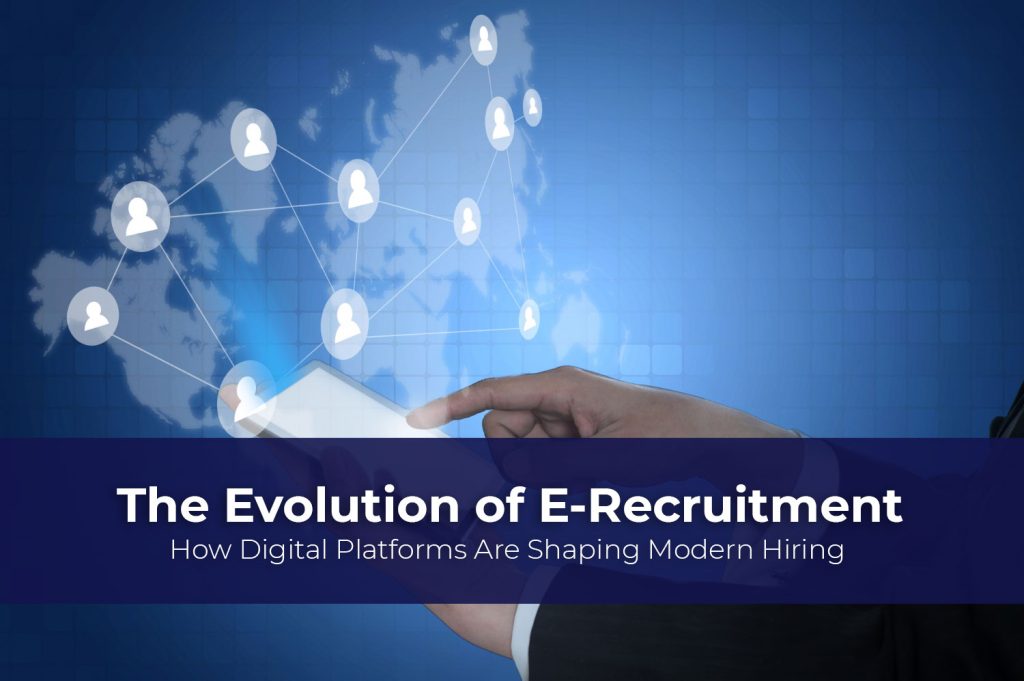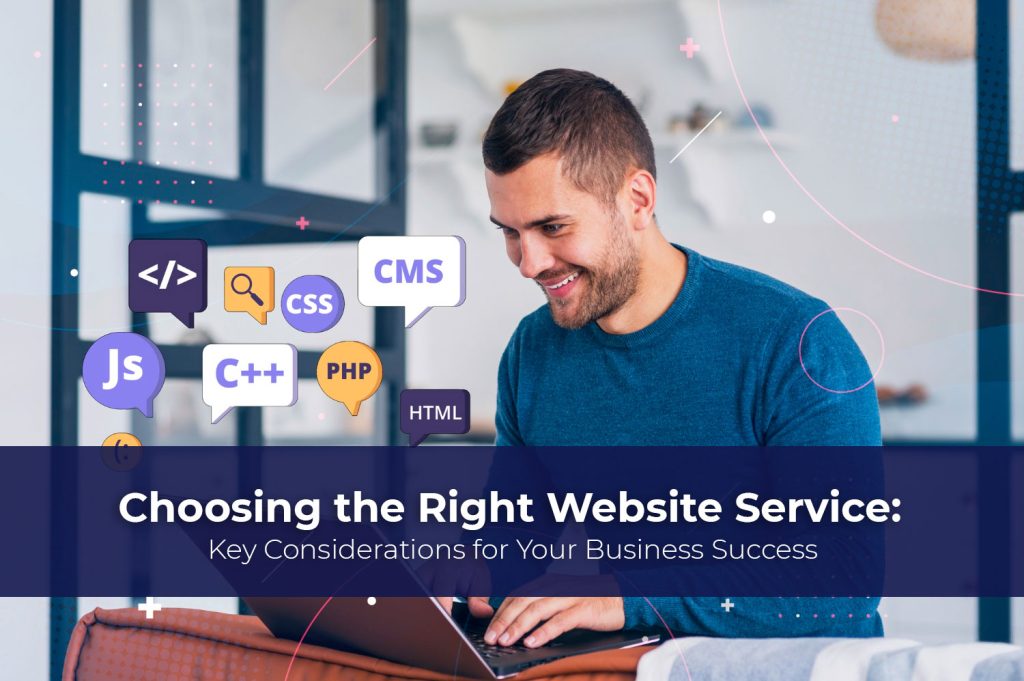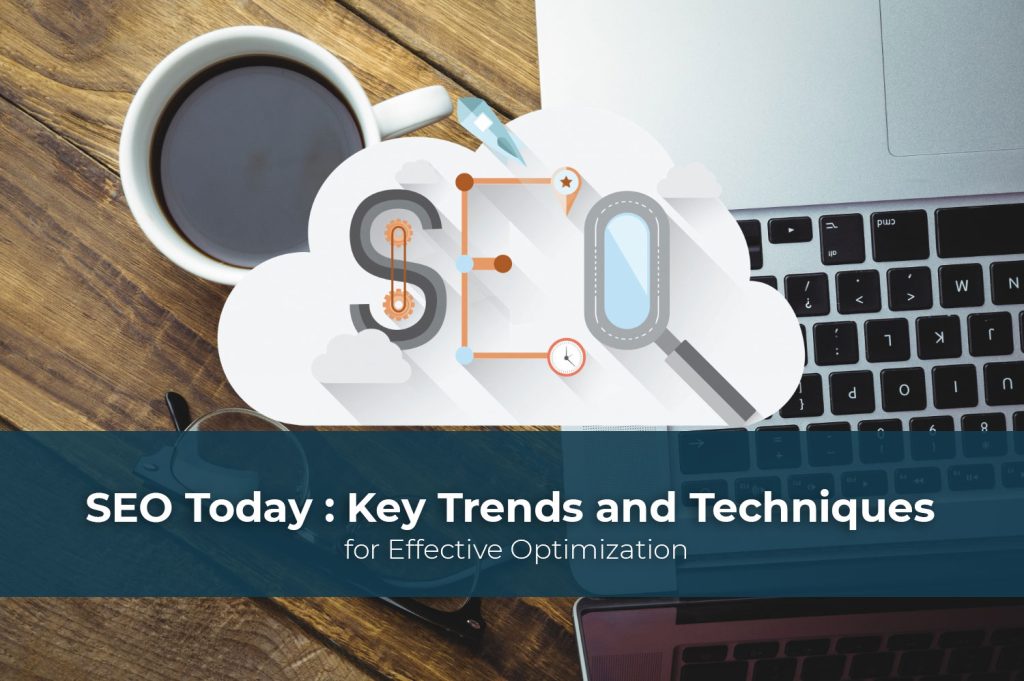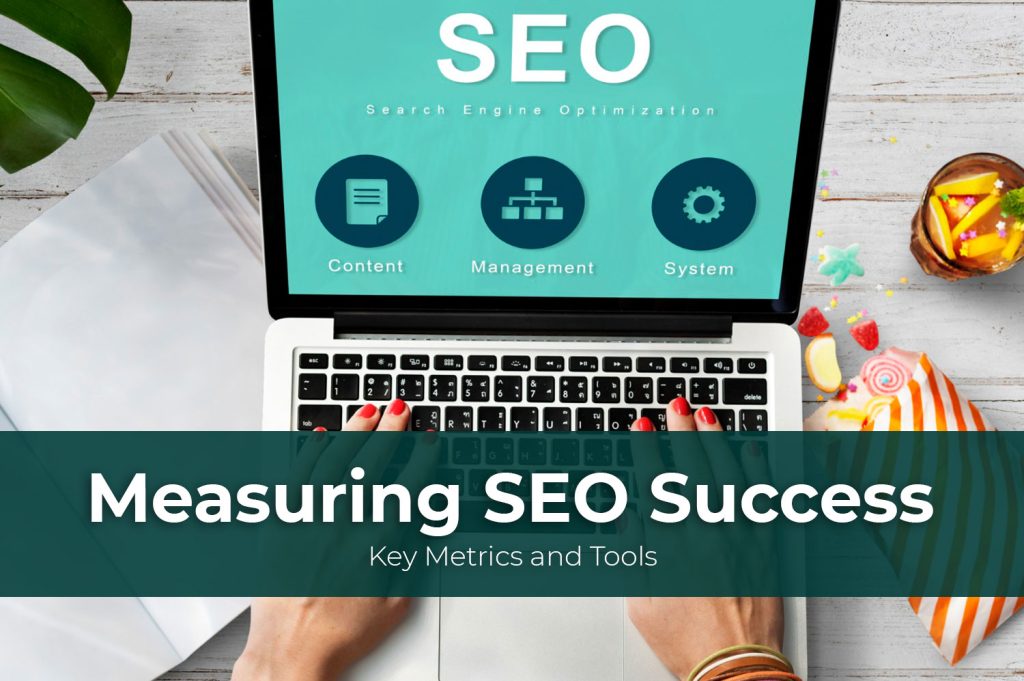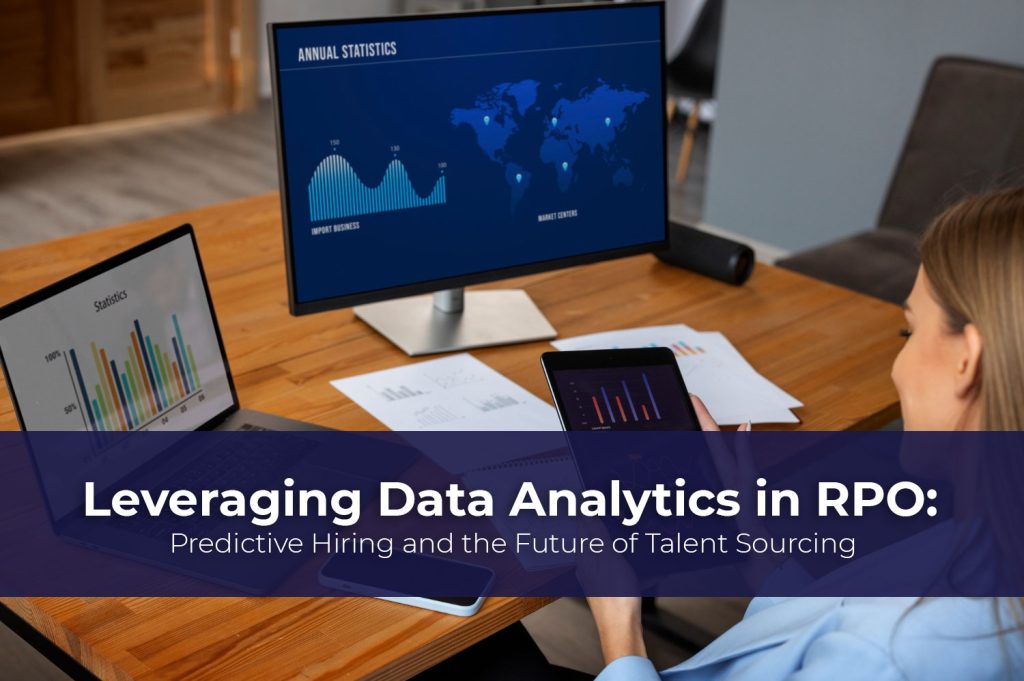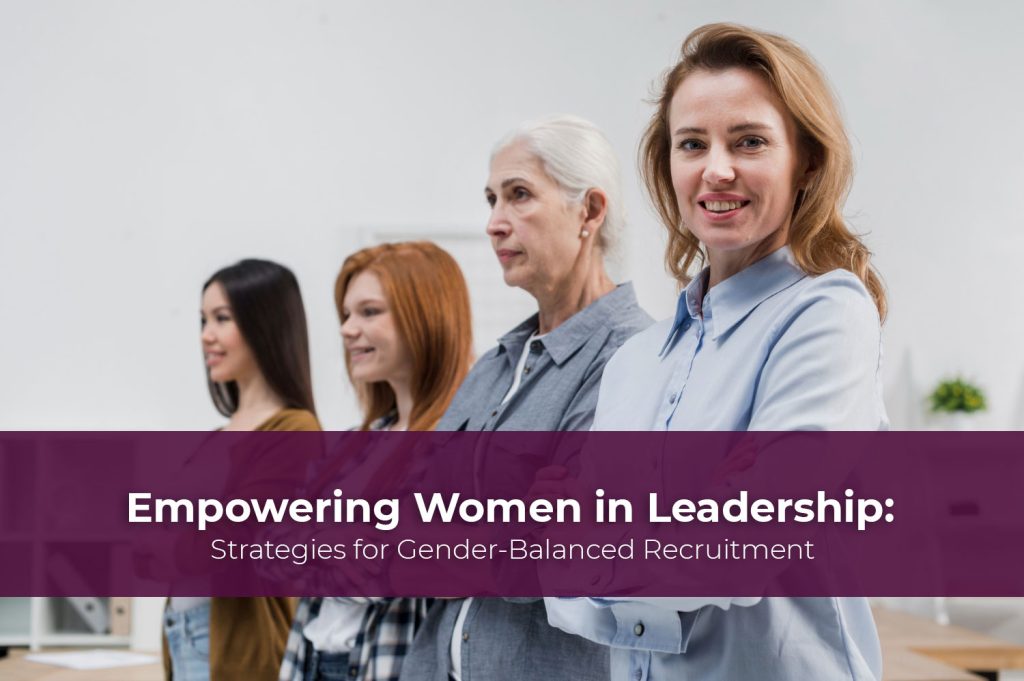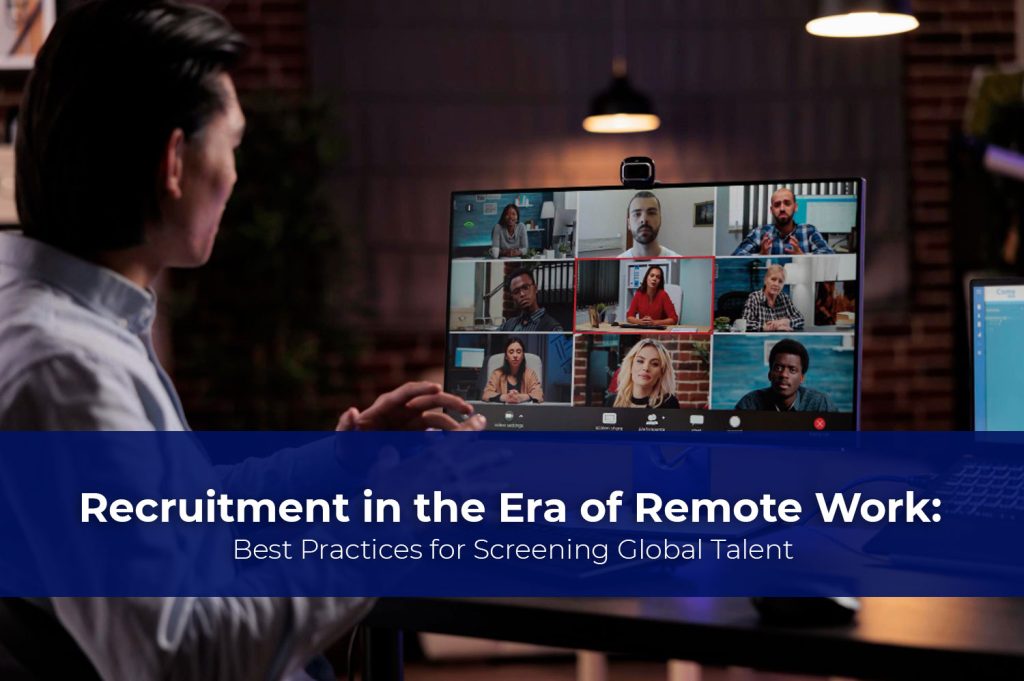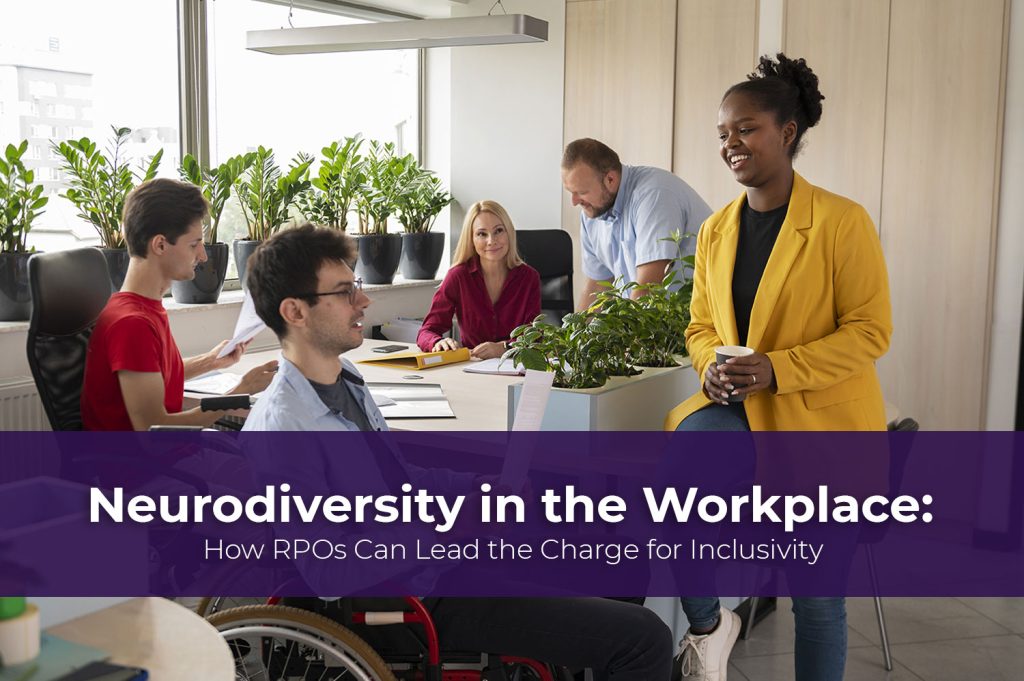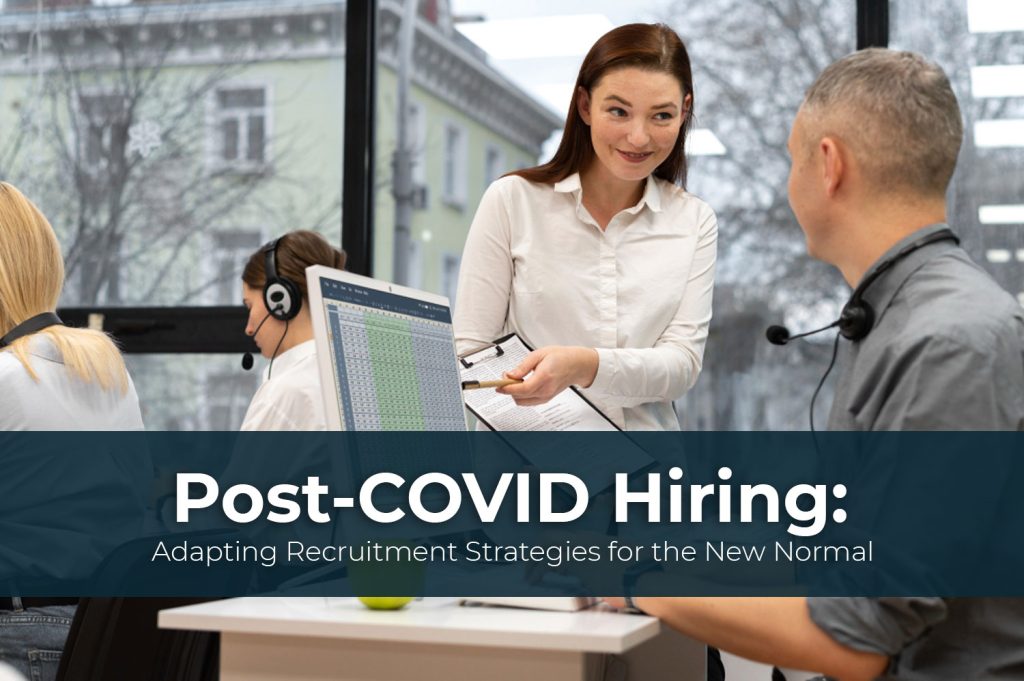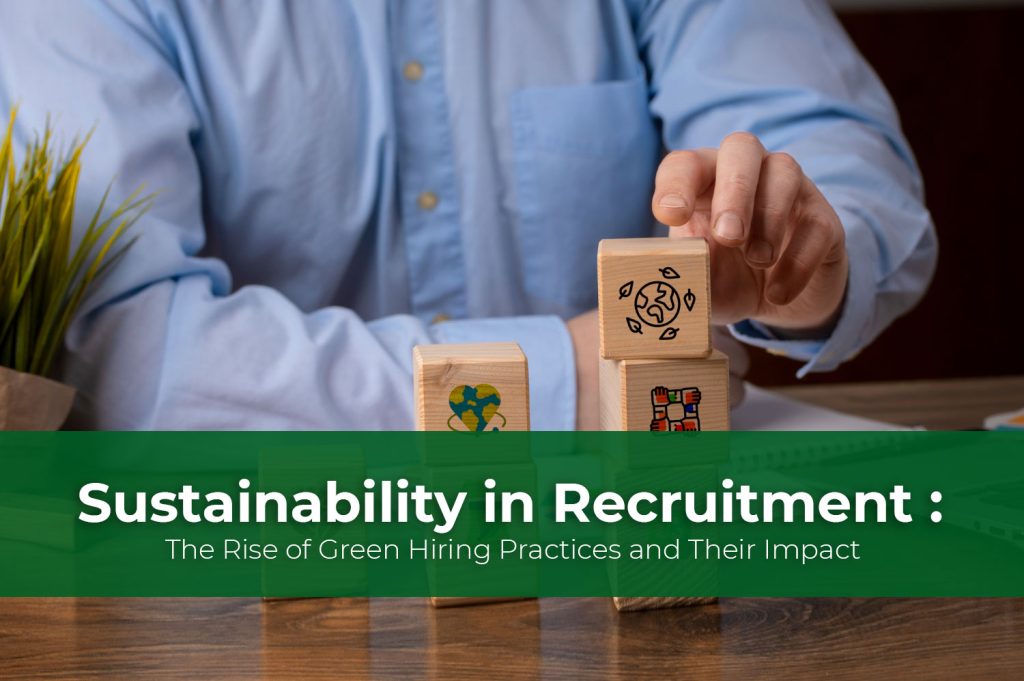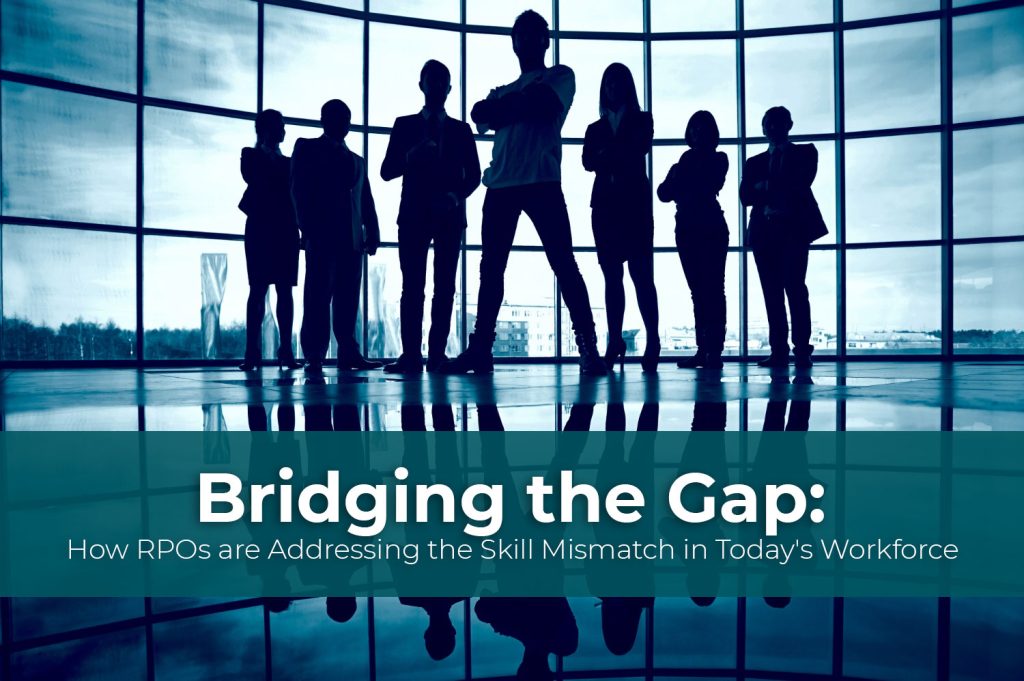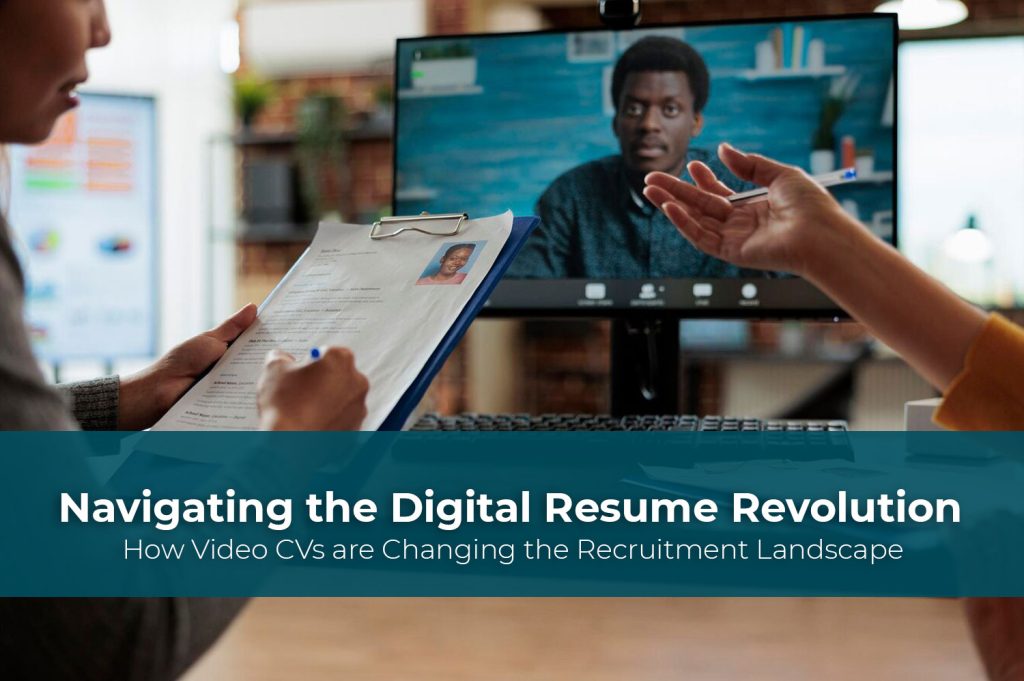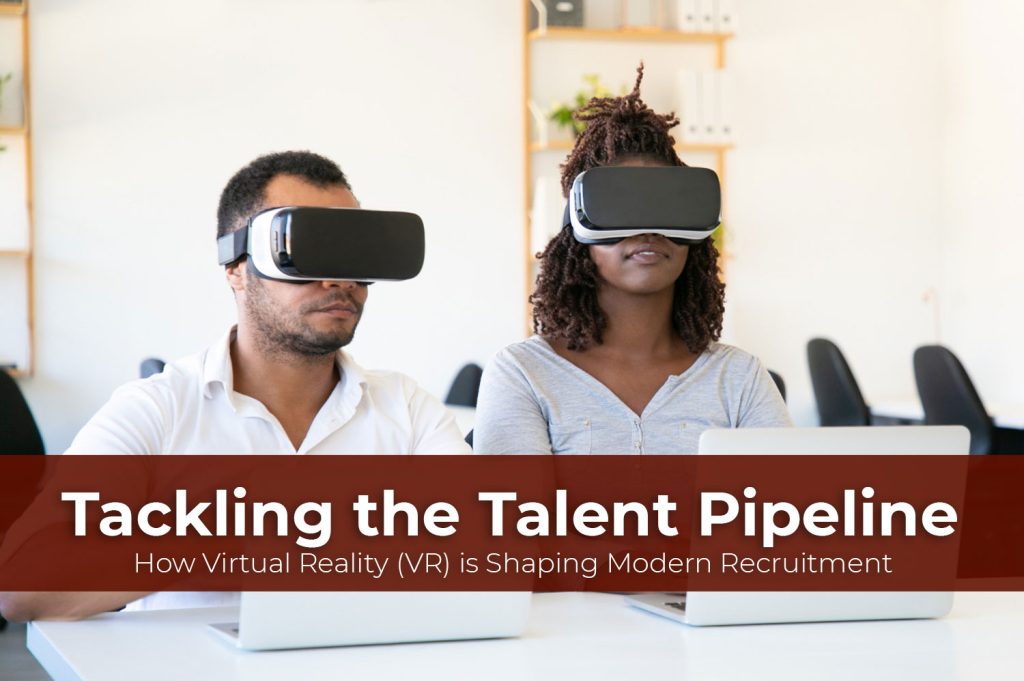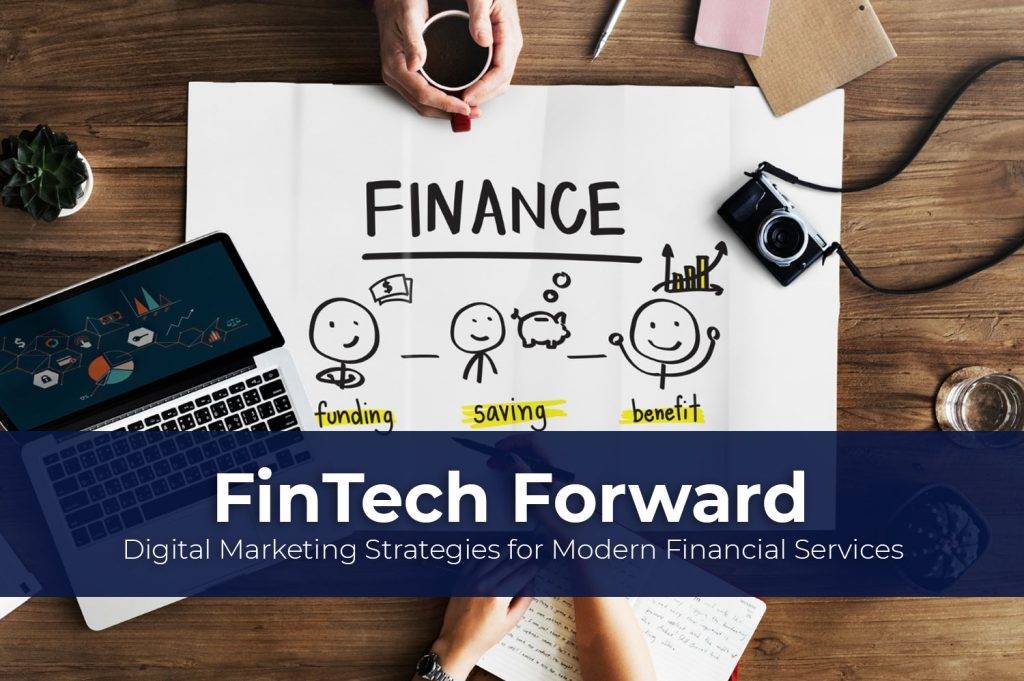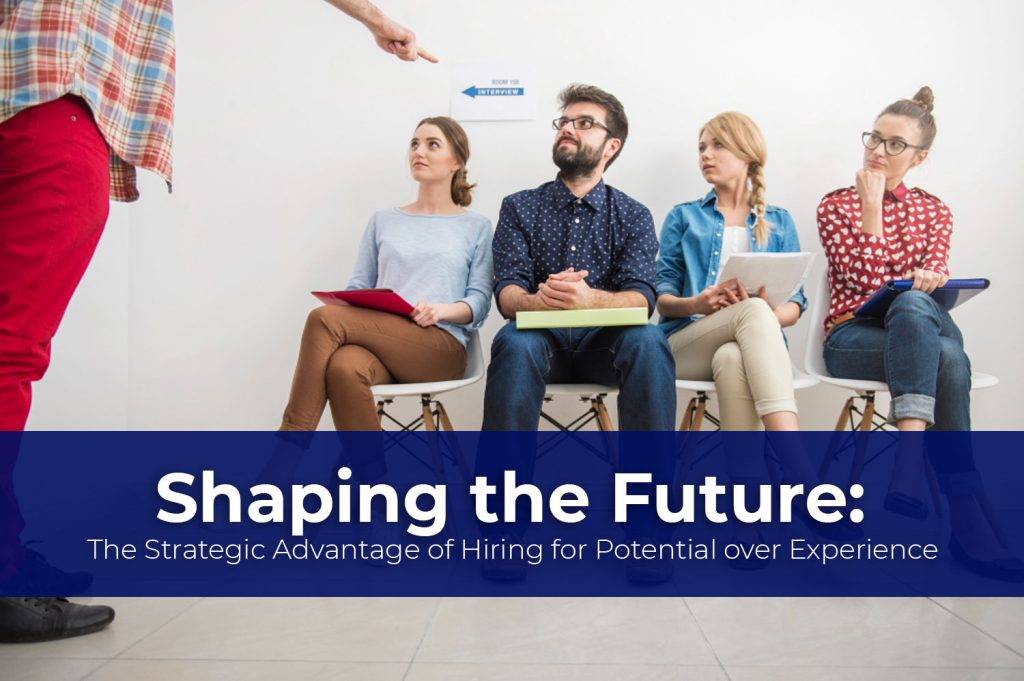The Guide to a More Inclusive Hiring Policy in 2022
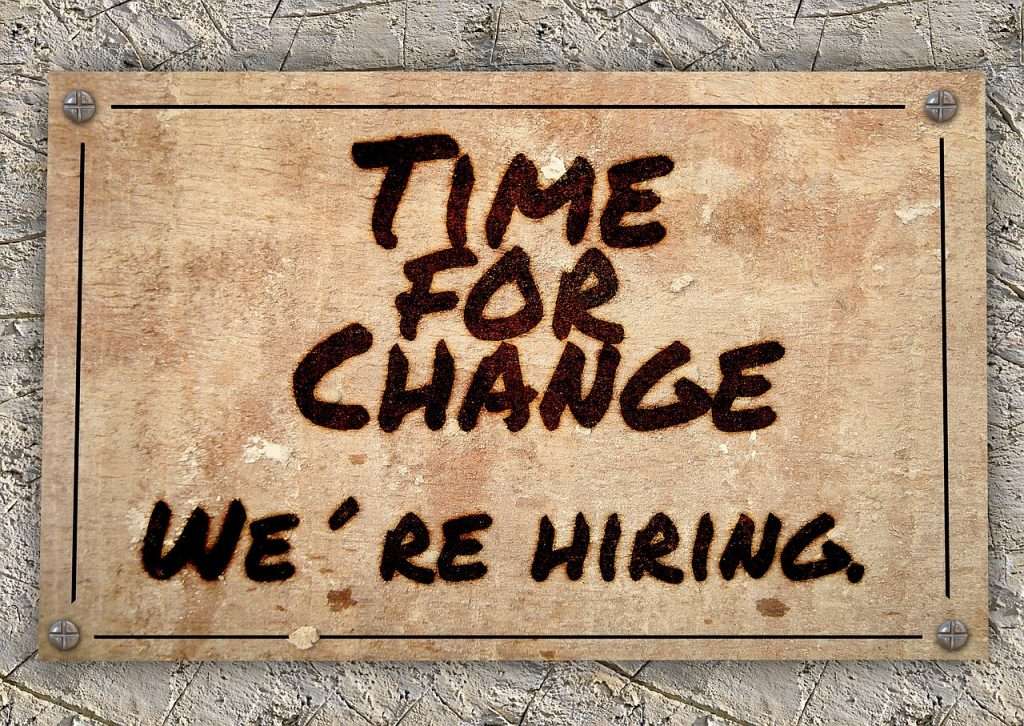
“What it lies in our power to do, it lies in our power not to do.” – Aristotle, Greek Philosopher
To succeed in this day and age as an employer, you need to bring just as much to the table as your employees. Now, this can take many forms like competitive pay grades, benefits, or in this case, an inclusive hiring policy. If you have ever been in the recruitment game for a good amount of time, you know that diversity in the workplace is crucial for a business to succeed. In light of this simple but important fact, many HR teams have been attempting to create a more diverse workplace. However, you can’t have diversity without inclusion.
To achieve diversity in the workplace, inclusive hiring practices are a must. This will not only welcome individuals from all walks of life to contribute something unique to your organization, but it will also foster equal engagement and representation within the business. With that in mind, let’s get into the main idea of this blog, which will help you identify and define the different types of diversity as well as how you can employ better inclusive hiring practices to help things move in that direction.
Table of Contents
ToggleHow Do We Define Workplace Diversity?
When it comes to defining diversity, there are a few different ways to look at it. Primarily we have two broad categories to work with. One is inherent diversity. This diversity concerns itself with the inclusion of people of all races, genders, sexual orientations or ages. Then we have acquired diversity, which includes factors like education, experience, beliefs, skills, knowledge and so on. Now, those are the different factors to keep in mind when we think of inclusion in general. It is crucial to remember that workplace diversity is defined as when a company understands these factors. It also has to accept them and values said differences, regardless of the factors.
With that aside, there is also something called workforce diversity to consider. This relates to the personal aspect of diversity. For example, there is cognitive diversity, which refers to how employees have different lines of thought and how they approach problems. Then there is lifestyle diversity, which refers to people leading various lifestyles outside of the office that influence their professional life. Lastly, there is the brand diversity of the company. This is where a company’s inclusive hiring practices attract a more diverse crowd. So, as you can see, diversity may be a simple fact, but it is a complex hurdle to tackle. This is especially true if you want to do it right. Having said that, it all eventually comes back to the inclusive hiring practices, which is what we are getting to in the next section.
Inclusive hiring leads to a more diverse talent pool.
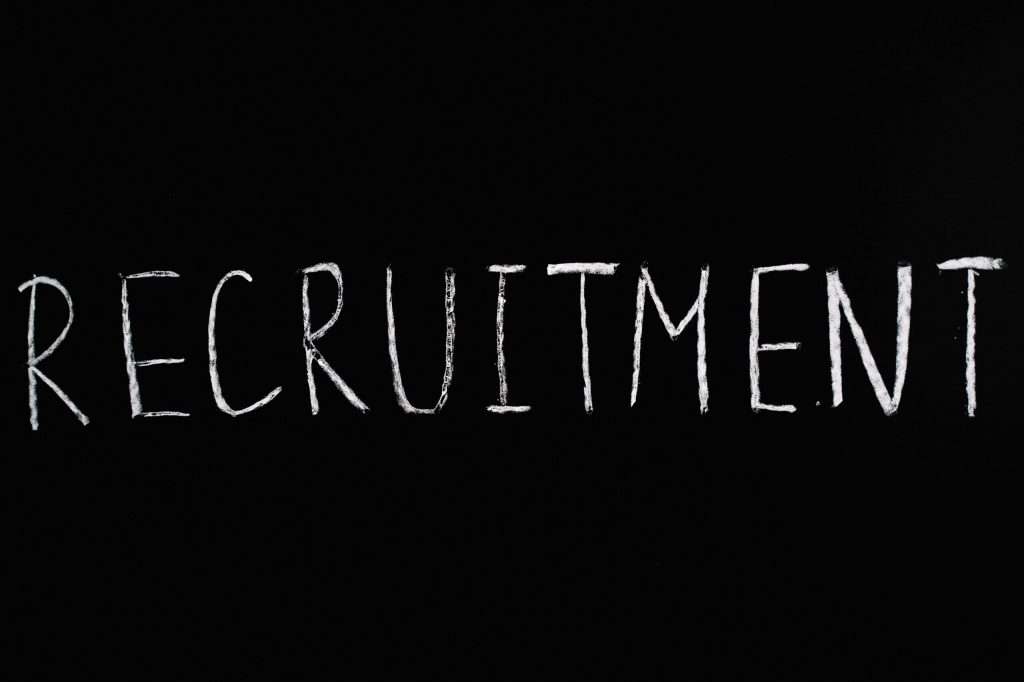
What are the Benefits of an Inclusive Hiring Policy?
There are plenty of benefits when you let an inclusive hiring process take centre stage. For one, you hire better talent this way and you do not limit your talent pool. A more diverse selection means you allow yourself the opportunity to make a choice that could deliver optimal performance for your whole team. This brings us to the next benefit, which is the option to make more informed hiring choices because you have more information to work with. One of the more obvious benefits is the collaborative mindset that you invite into the workplace, which is great for tackling those challenging hurdles in the day-to-day business operations.
Then of course there is the ripple effect to consider. The more inclusive the hiring process, the happier the employees are, which in turn translates to happy customers, ultimately boosting the brand image as well.
As James D. Sinegal, the co-founder and CEO of Costco once said, “When employees are happy, they are your very best ambassadors.” With that in mind, let’s have a look at what you can do to improve your inclusive hiring practices.
Audit Your Job Descriptions to Eliminate Bias
When it comes to inclusive hiring practices, you can’t start moving forward before taking a few steps back. Having said that, the first thing you need to reassess is your recruitment pipeline as a whole. This needs to be done to identify faults so that the improvement process can begin at the root. A good place to start is your job description. You might find that subconsciously you may have used very masculine or feminine language in older job descriptions. This has the propensity to attract only a certain crowd while excluding others. Consider applying more neutral language, keep it objective and eliminate any bias that you can identify so that future recruitment is as inclusive as possible.
“No matter how inclusive we are working towards being, we can always do more. We can always do better.” – Victoria N. McGovern
Target and Focus on Diverse Candidacy Sources
With the help of the internet and social media, it is now easier than ever before to access a large and diverse pool of candidates. To that end, instead of focusing all your efforts on any single source, diversify your search, literally! Try and identify potential candidates through sources other than job boards. Look into educational institutions, government agencies, social media platforms, and so on.
Encourage Employees to Make Use of Their Professional Networks
Creating an internal referral application system is one of the most effective ways to achieve your inclusive hiring policy goals. You are essentially approaching the underrepresented employees in your organization who are some of the best sources to give you insight into how you can go about approaching other candidates in underrepresented categories. This not only gives you insight into candidacy pools but allows you to approach the matter with the sensitivity and awareness that is required.
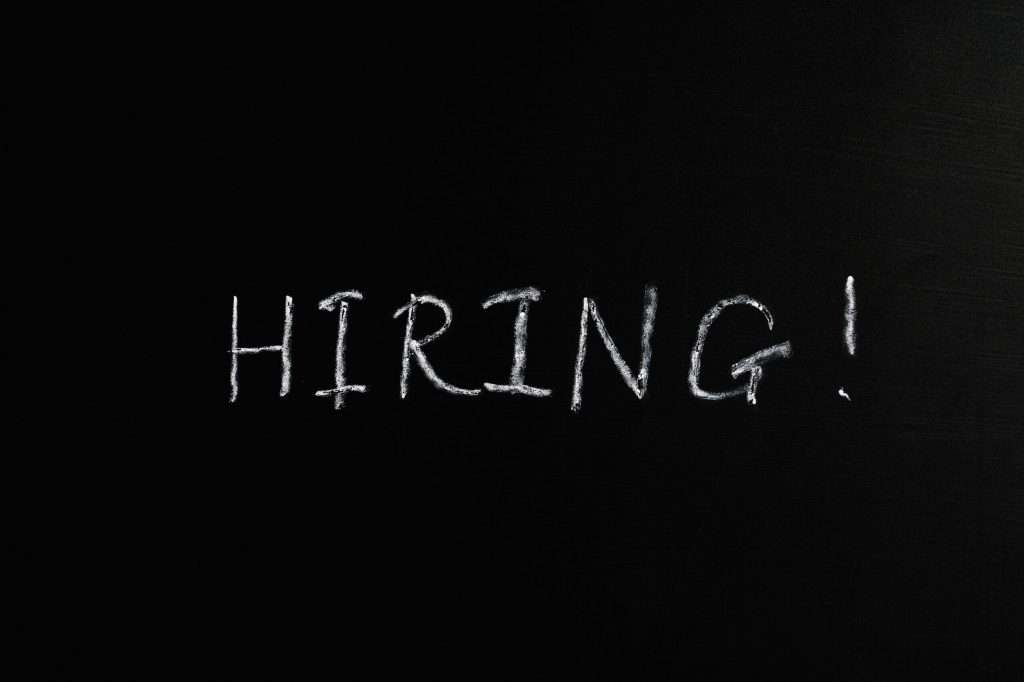
To be successful in inclusive hiring, you might have to move away from traditional hiring processes.
Offer Opportunities to the Underrepresented
It’s a sad fact that many talented people go unrecognized and are underrepresented. If you can tap into that demographic and give these young talented individuals opportunities like internships or entry-level jobs, you will foster valuable business relationships with up and coming talent in these sectors. Now, keep in mind that we are specifically talking about young adults who don’t have much industry exposure like university graduates. So, a good way to begin is to collaborate with educational and community organizations in your area to identify and provide the opportunity to these individuals.
Build Your Employer Brand to Showcase Diversity
You may already have a diversity-centric hiring procedure in place and are just looking to take things to the next level. Well, in that case, you already have everything you need to get started. The advantage of having a diverse workforce is that they all come from such colourful and interesting walks of life. Incorporate these inspiring stories into your organization’s employer and recruitment brand. The moment you let the public pool of candidates know what kind of stories your company is home to, you will attract candidates who are seeking a more inclusive workplace.
Consider Blind Recruitment
Blind recruitment is one of the more recent and quite popular trends in the recruitment industry. The idea here is to reduce the bias during the initial stages of recruitment. Kind of like how they do the television show ‘The Voice’. You blackout personal information like name, age, education and photograph. You then go ahead and invite these candidates to online tests related to the job and you can gauge their level of skill without the presence of any personally identifiable information that may cause subconscious bias.
Rethink the Screening Criteria
Lastly, we have the screening criteria. Yes, diversity is important, but so is making sure that the candidate is a good fit for your organization in a given role. They should line up with the characteristics of the firm’s values. Hence, what you can consider is reevaluating the screening criteria throughout the recruitment process to see if you are directing the outcomes towards specific groups of people that may indicate where and if there is bias. You can then take corrective measures to ensure that the criteria line up with your inclusive hiring policy while still looking for the candidate ideally suited to the role.

